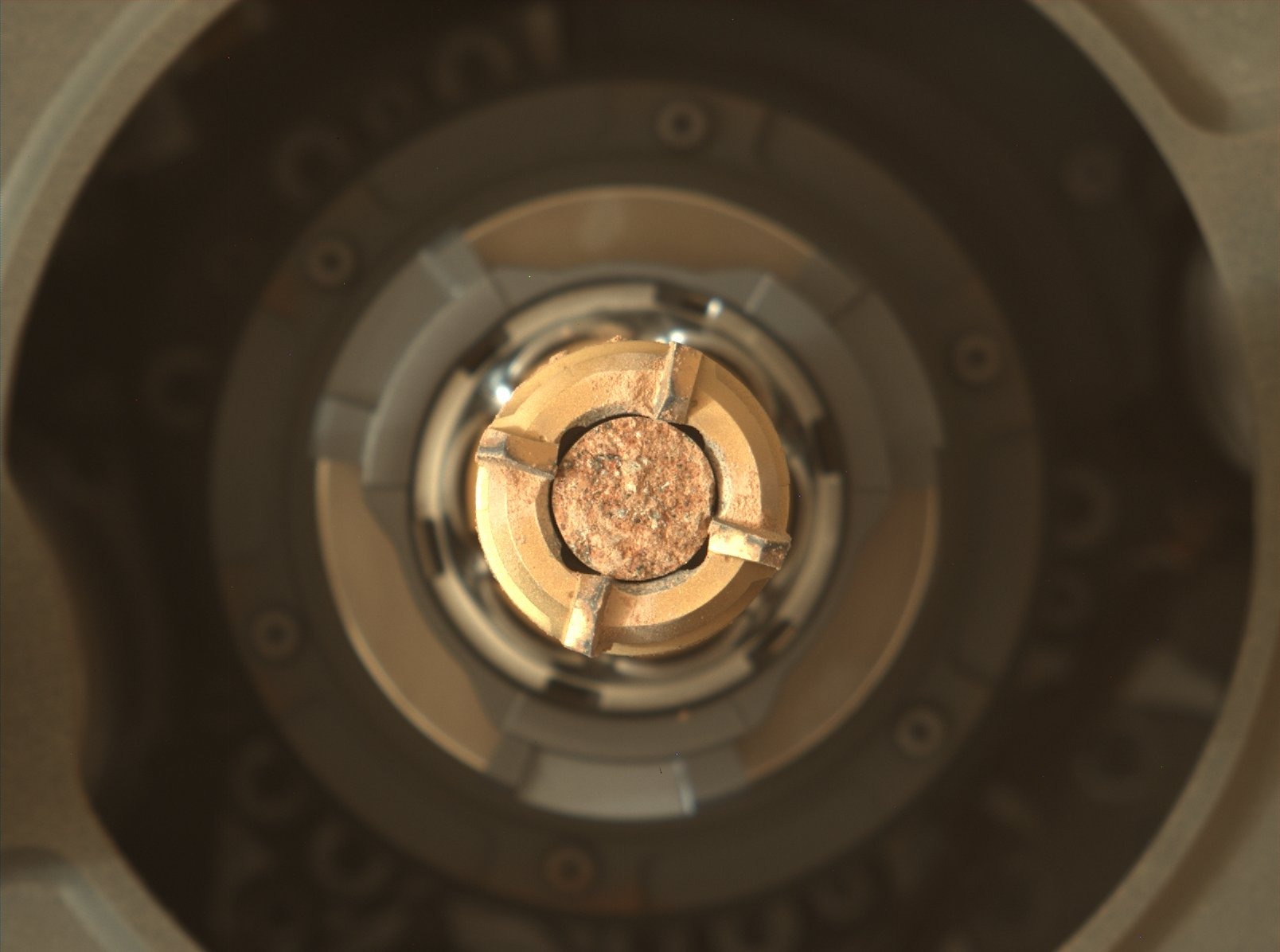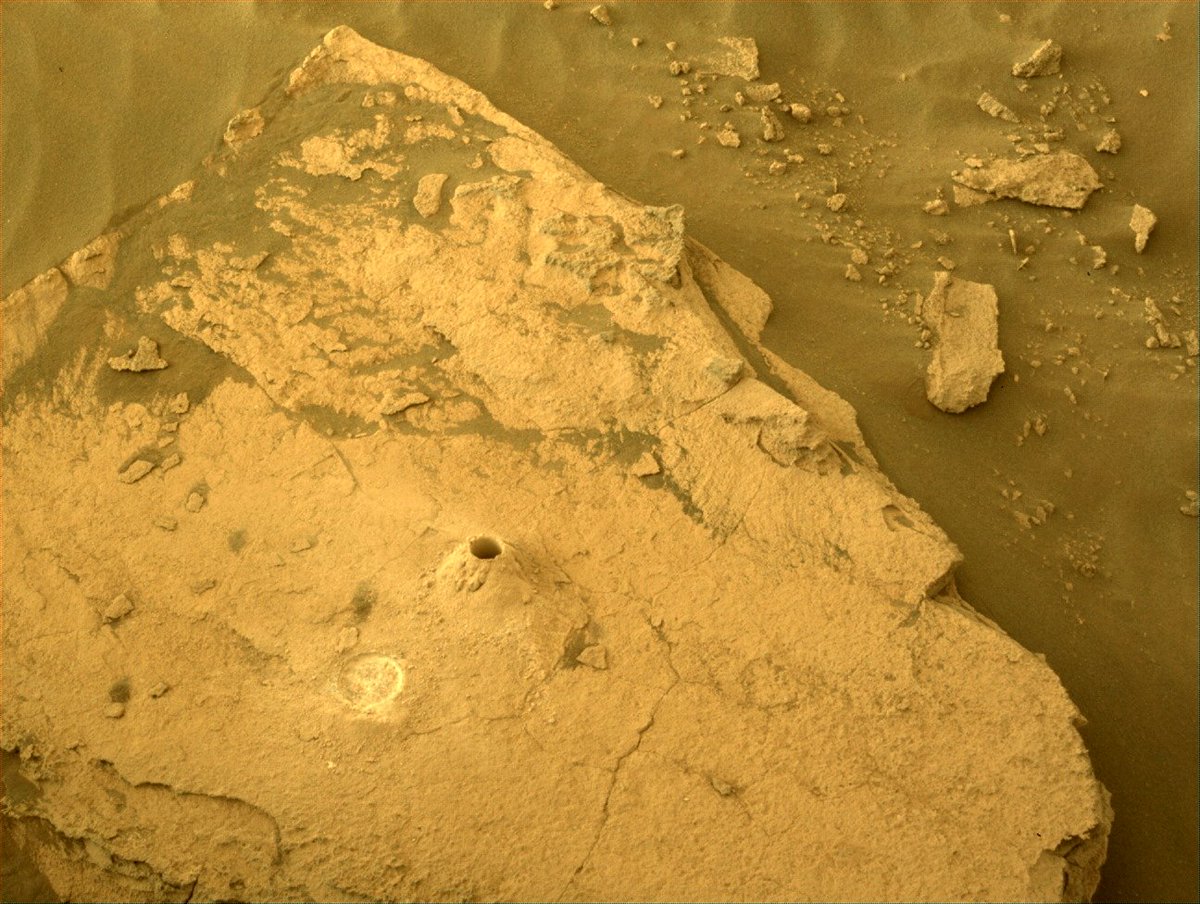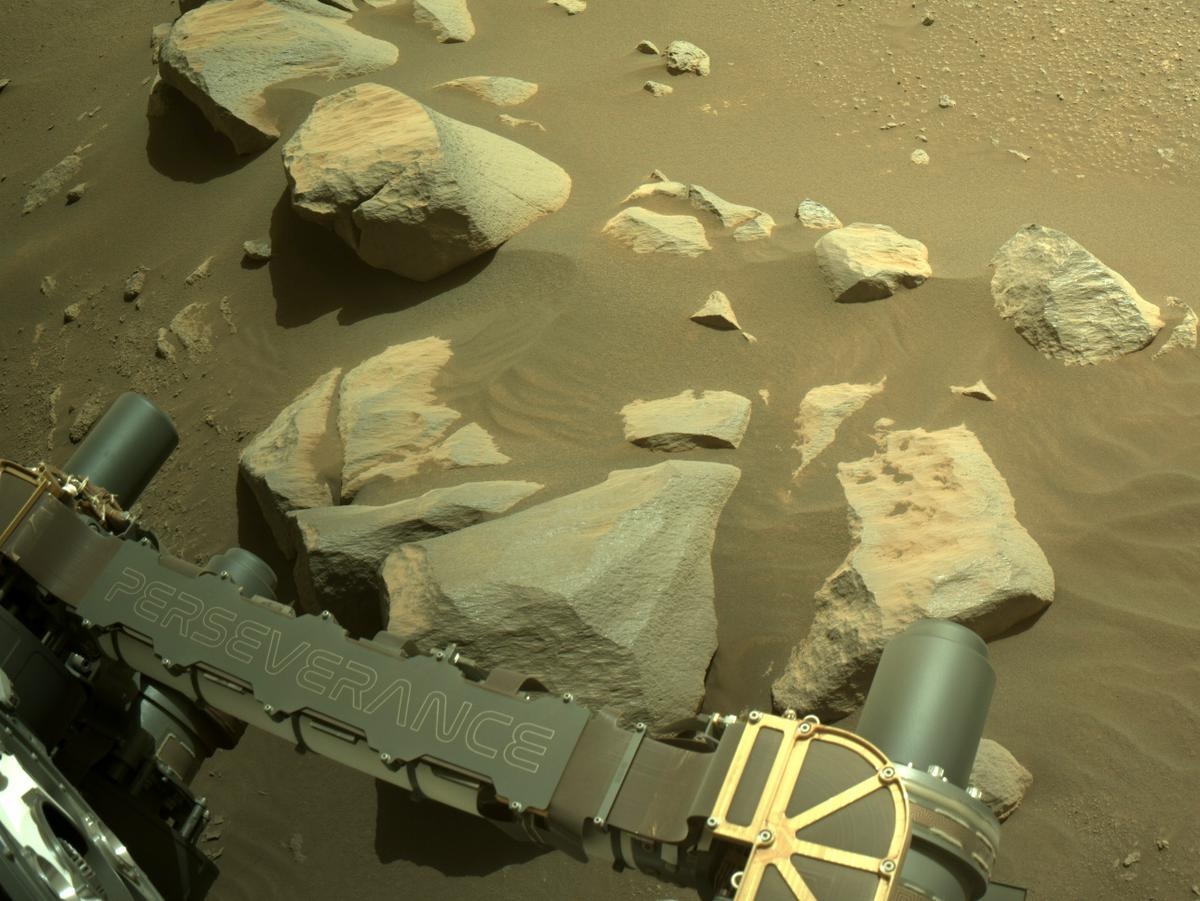The NASA Perseverance rover has reached the delta of an ancient river in the Jezero crater and is actively collecting samples from the surface of the Red Planet in search of evidence of the existence of life in the past. Recently, the rover collected its ninth sample of Martian rock near the place where it landed in February 2021. This is reported by the official channel of the rover on Twitter.

“Sample No. 9 has been collected! My team has been waiting for years to get samples and learn about past life on Mars. This sample may well be returned to Earth in the future,” the rover’s account says.
Perseverance has been exploring the 45 km wide Jezero crater for more than a year. Scientists believe that the crater once had a lake and a river delta, making it an ideal place to search for signs of ancient life or water on Mars. If there has ever been life on the planet, rocks in the delta of this river may contain evidence of “molecular fossils” — organic molecules created by ancient living organisms.

Perseverance equipment for the search for Life
Perseverance is equipped with 23 different cameras and a wide range of instruments to search for ancient biomarkers, including an X-ray fluorescence spectrometer, a ground-penetrating radar system and a SuperCam device that burns stones with a laser and then examines the composition of the resulting chemical vapors. At the end of the rover’s robotic arm is a drill that can move with five degrees of freedom. Perseverance also has two microphones on board, which allows it to record the sounds of Mars.

In addition to many rock samples collected by the rover, Perseverance has opened a new path by deploying Ingenuity, a small robotic helicopter that helps to scout new places and interesting objects. To date, Ingenuity has made 29 successful flights, the longest of which lasted 169.5 seconds.
If all goes according to plan, a joint NASA-European Space Agency (ESA) mission will deliver Perseverance samples to Earth, possibly as early as 2033.
Recall that earlier Perseverance found a Martian “snake skin”.
Follow us on Twitter to get the most interesting space news in time
https://twitter.com/ust_magazine

